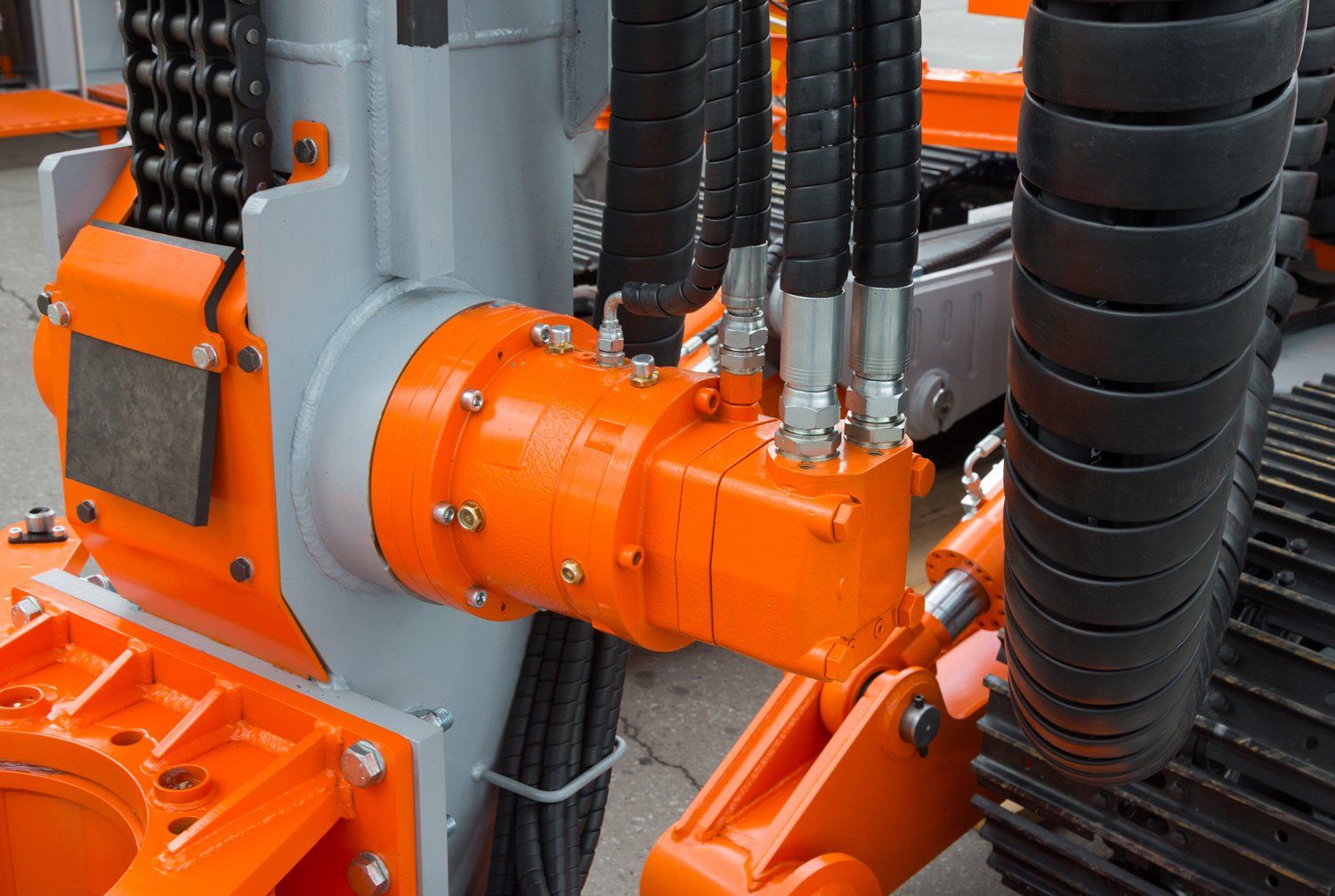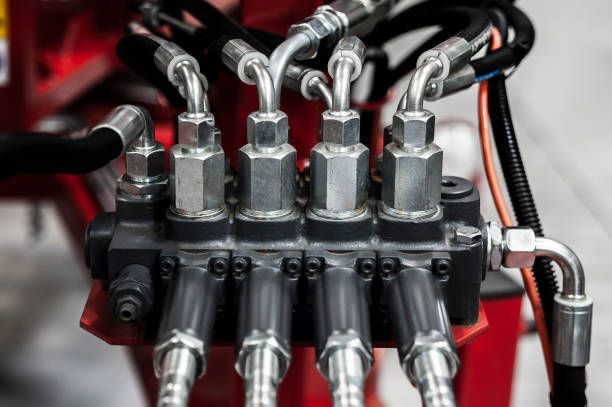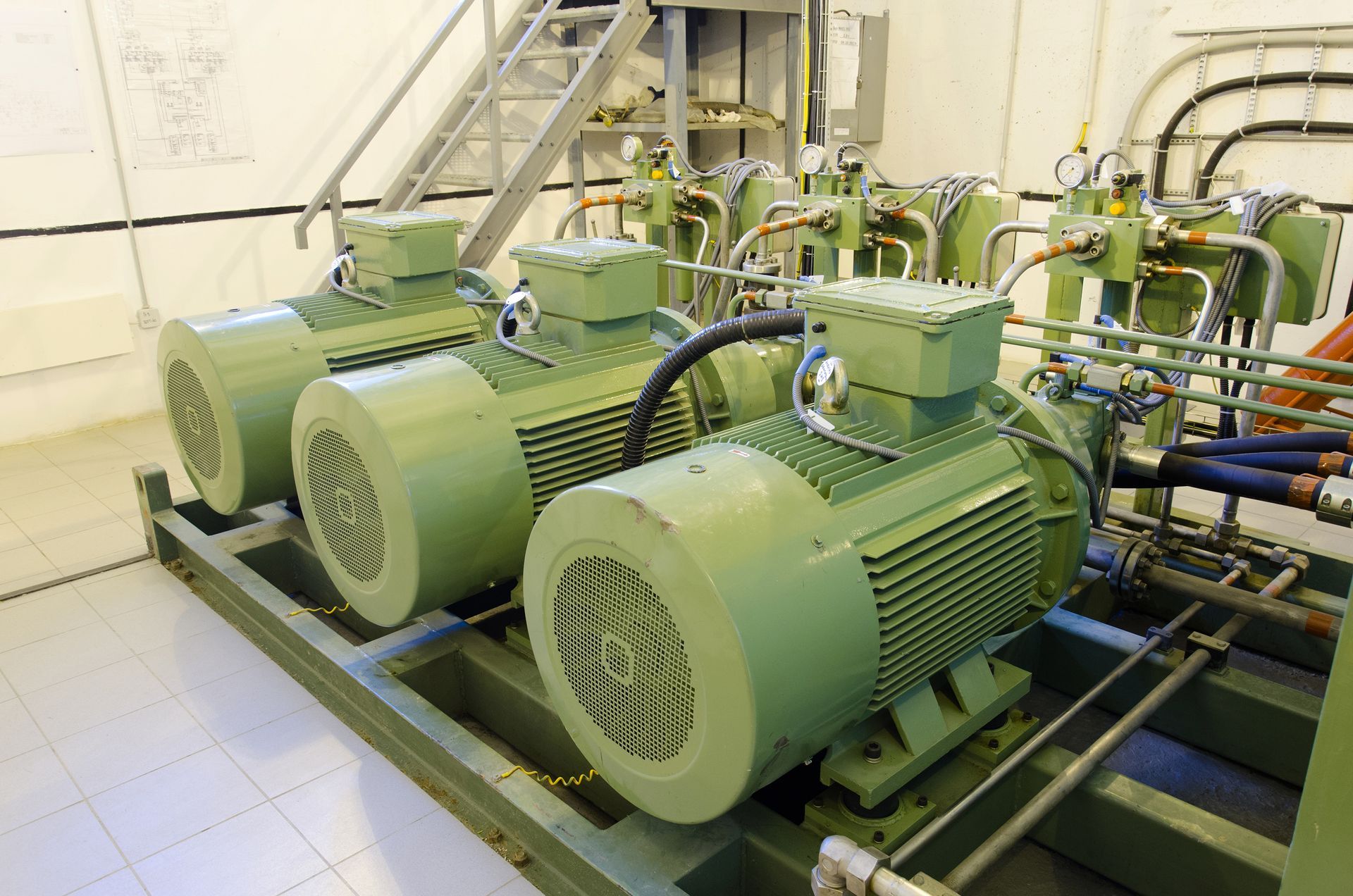Shift Your Hydraulic Contamination Control Practices From Basic to Best
Basic hydraulic filtration applications revolve around fluid cleanliness and preventative maintenance for good machinery uptime. However, moving beyond basic foundations can launch hydraulic contamination control into a greater realm of operation. For optimized system performance, fewer maintenance problems, and reduced operating costs, try shifting from basic contamination control practices to these best practices.
Fluid Cleanliness
Basic foundations of fluid cleanliness rely on several key practices. Filter new fluid before it enters a system reservoir and each time a component is replaced or repairs are performed.
However, a more in-depth consideration for fluid cleanliness involves frequent tests for fluid contamination. Higher operation pressures in high-performance hydraulic equipment demands more than just periodic lab analysis of fluid. Professional lab tests are usually only reserved for critical equipment and can be costly. Plus, results can take time to complete, during which hydraulic equipment must still operate.
Portable testing units allow users to test fluid cleanliness while a machine is still in operation. Testing can occur much more frequently, and on additional equipment deemed less critical. Results are instantaneous. In addition to particle counting, some units come equipped with software that can analyze wear debris to enhance maintenance programs.
Filter Maintenance
Examine filters and replace them before bypass mode based on operating conditions and not just recommended timetables, which can encourage waste and contamination.
Enhance filter performance and simplify filter maintenance by equipping filters with differential pressure gauges or switches. Choose multiple pressure gauges over single gauges, which better measure particles during fluctuations and are simpler to read and understand. Users can gain a more clear understanding of how much dirt, if any, exists inside a filter element simply by comparing the inlet pressure to the outlet pressure.
Additionally, users can receive an audible or visible warning before a filter enters bypass mode when a differential switch is hard-wired to a light or alarm.
Filter Location
Filters perform best on system return sides, where contamination within the system can be caught by a return line filter . Any flow restriction is less likely to impact important valves, motors, and pumps. Avoid placing filters where they restrict flow, such as on drain lines of motors and piston pumps, or at pump inlets.
Sometimes reservoirs accumulate contamination from external sources or over the course of operation. Add an off-line kidney loop filtration system to better filter the reservoir and help filters last longer. Kidney loop systems act as an independent filtration unit with a dedicated motor, pump, and filter. A kidney loop system can run continuously or as needed, depending on operation requirements.
An independent filtration system like the kidney loop system offers several advantages:
- Uses fewer filters because it does not have to operate at high pressure.
- Does not impact system operation during shut down for filter maintenance.
- Uses less-fine filters because it continually cleans fluid.
- Will not release trapped debris back into system fluid due to high efficiency.
Kidney loop systems are supplemental inline filters only and must match the application. Flow rates can vary, and the right system depends on reservoir size and fluid amounts. Users can choose additional functions like contamination sensors that detect high levels of debris or heaters and coolers that help a system better adapt to equipment that operates in different temperatures.
Sometimes a simple pump rebuild can help change a contamination equation. Even better, Quad Fluid Dynamics, Inc., can design a custom hydraulic system to help you implement the best maintenance practices for contamination control. Talk to our design experts today about how a custom system can work for you and your business to help lessen damaging and costly contamination occurrences.



